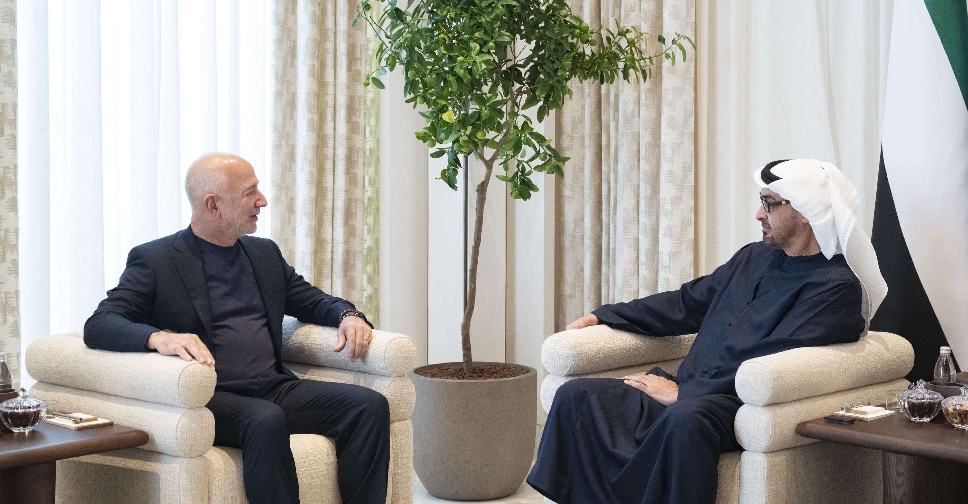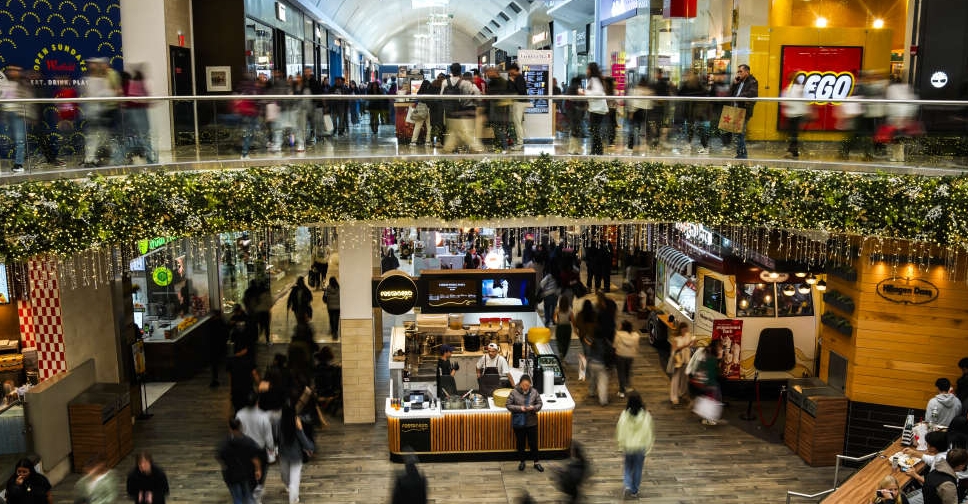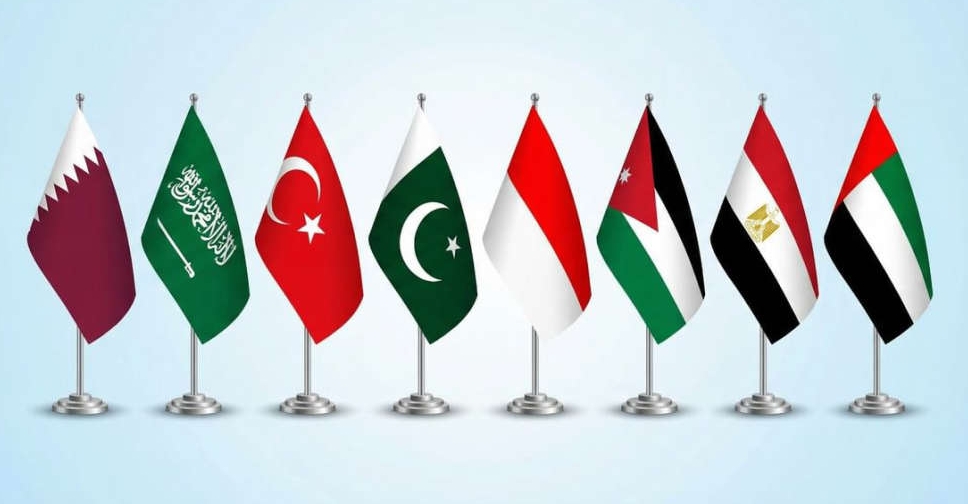
Global demand for crude is growing while non-Opec countries are producing less of it, helping to bring the supply and demand for oil back into equilibrium by next year, Opec’s Secretary-General Abdalla Salem El-Badri and Kuwait’s oil minister said. “The current situation in the market is positive,” El-Badri said Monday at a conference in Kuwait City. “I expect to see a balanced market in 2016, if the current situation persists.” Demand for crude from the Organisation of Petroleum Exporting Countries will increase this year and next, he said. Opec’s commitment to keeping its output target at 30 million barrels a day is the “ideal solution” to re-balance the market and support prices, and the group has no plans to change the level before its next meeting in December, Kuwaiti Oil Minister Ali Al-Omair said at the conference. No members of the organisation are currently calling for such a change, he said. Opec, led by Saudi Arabia and other Gulf Arab producers, kept the group’s official production target unchanged at its last meeting in June and has exceeded it for 16 consecutive months, according to data compiled by Bloomberg, in an effort to maintain market share amid a worldwide supply glut. Officials from Opec and non-member states plan to meet at an expert level this month in Vienna to discuss the market, El-Badri said. Narrowing Gap Brent crude, a global pricing benchmark, slipped 9.5% this year and tumbled 42% in the last 12 months. The contract was 76 cents lower at $51.89 (AED190.60) a barrel on the London-based ICE Futures Europe exchange on Monday at 4:09 pm local time. The gap between supply and demand for crude should close in the third quarter of 2016, Mohammad Ghazi Al-Mutairi, chief executive officer of state-run Kuwait National Petroleum Co., said at the event. Al-Omair, Kuwait’s oil minister, said the market is set for a re-balancing next year as output from “high-cost” producers is slowing amid the decline in prices while demand is improving on better world economic growth. Opec forecasts demand for its crude in 2016 to be 30.8 million barrels a day, the group said Monday in its monthly report, revising its demand outlook upward by half a million barrels. Opec’s members pumped about 31.57 million barrels a day in September, the most since 2012, amid stronger demand, according to the report. ‘Best Days’ The oil industry’s “best days are yet to come,” as demand will grow to 110 million barrels a day by 2040, El-Badri said at the conference. Kuwait, Opec’s third-biggest producer, is set to boost output to more than 3 million barrels a day in the first quarter of 2016, Al-Omair said. The country will increase production by as much as 100,000 barrels a day from current levels and plans for output to reach 3.2 million barrels a day, he said, without specifying a date. Kuwait pumped 2.94 million barrels a day in September, data compiled by Bloomberg show. The slump in oil prices has stimulated demand, and the onset of winter in the northern hemisphere will also help boost consumption, Kuwait’s Governor for Opec Nawal al-Fuzaie said. That will reduce inventories and help crude prices recover, he said. The market remains oversupplied and stocks are above their five-year average, El-Badri said. World crude output is at 75 million barrels a day, and other liquids contribute about 18 million barrels a day of additional supply, he said. Opec, which supplies about 40% of the world’s oil, plans its next policy meeting on Dec. 4 at its Vienna headquarters. (By Wael Mahdi/Bloomberg)

 Meta delays release of Phoenix mixed-reality glasses to 2027, say reports
Meta delays release of Phoenix mixed-reality glasses to 2027, say reports
 IndiGo's third day of mass flight cancellations throws Indian airports into disarray
IndiGo's third day of mass flight cancellations throws Indian airports into disarray
 UAE President receives Amazon founder Jeff Bezos
UAE President receives Amazon founder Jeff Bezos
 Saudi Arabia forecasts deficit of $44 billion in 2026 budget
Saudi Arabia forecasts deficit of $44 billion in 2026 budget
 US holiday shoppers shake off economic blues for online spending spree
US holiday shoppers shake off economic blues for online spending spree




